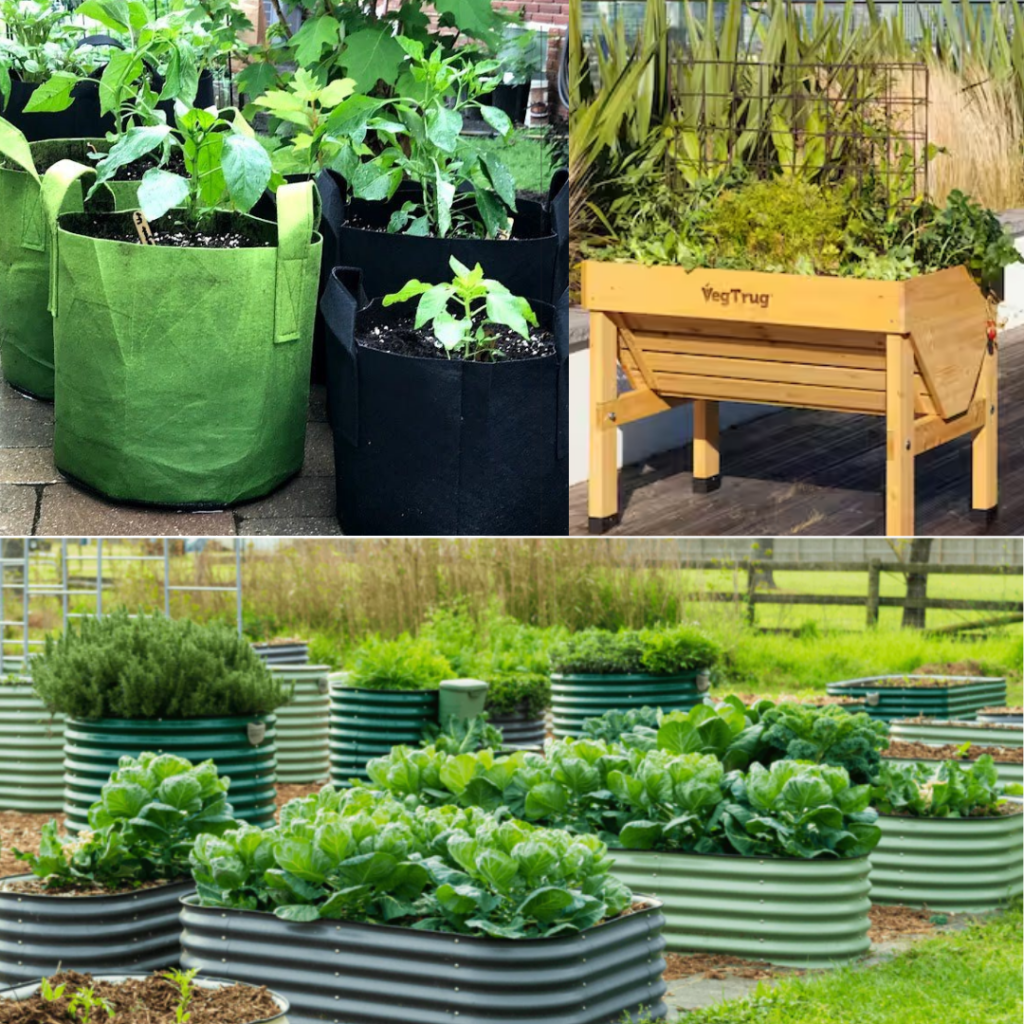When making that holiday wish list, think gardening up!

It took me a long time to remember to add gardening things to my holiday wish list. I guess my mind was too filled with what I wanted out of the seed catalogs that were filling my mailbox.
But now is a great time to start dreaming about a green springtime and what tools and supplies you could really use. Not the overly decorative, poor-quality watering can some well meaning friend or relative gets you because they know you like gardening. No.
I mean the real stuff — the single-forged hand tool, that bypass pruner that can cut branches up to one inch in a single squeeze. Those are the tools that are like us who tend the soil, either in a container, garden or farm: sturdy, not-fussy, hard-working. Takes a licking and keeps on ticking, as the old commercials used to say.
But this column isn’t devoted to tools, although I never met a garden weasel I didn’t like. This column is about gardening easy, or should I say easier. It is all about gardening up. There is a raised bed for every situation and need.
And even if you don’t need it for some physical malady, raised-bed gardening is extremely efficient, both in less work and greater and earlier/later yields. And some of the newer raised beds in the garden trade would be the perfect addition to that gardening holiday wish list.
First, let’s talk about the benefits of raised bed gardening. The soil in them is somewhat of a Dr. Frankenstein mix — you create what you want in there. No Will County subsoil compressed clay with millions of weed seeds just waiting to get some moisture and sunlight, like exists in the in-ground garden.
My favorite recipe for filling raised beds includes 50% pulverized black soil, 25% mushroom compost and 25% peat — well mixed together before filling the bed. Yes, it is more expensive at the outset than just sticking a spade in the backyard soil, but the financial inputs are minimal compared to the benefits of weed-free, greater-yield gardening.
The physical structure of raised beds with this ideal mix also allows the soil to warm sooner and dry out faster than in ground gardening. You can cheat Mother Nature quite a bit by starting the earliest crops weeks earlier, and the late crops can last into winter (particularly if you choose to add a season extender over the beds).
But raised beds until recently always presented two problems — durability and leaching. Depending on what material raised beds were made of, both or either could be a problem. Research found that chemically treated lumber could leach into the soil and from there, into food. Anyone interested in creosote carrots?
But if they weren’t treated, the beds would rot out in a few years, unless you took out a second mortgage on your house to build raised beds out of cedar. But now there are better options.
Metal beds that are guaranteed to last for 25 years (at least) and do not leach are the holy grail of raised bed gardens. There are several name brands like Vego beds and Birdies, but also big box knock-offs. Think of these like livestock troughs without the bottom.
The are sturdy and come with a wide variety of sizes, shapes, and add-ons like wheels, trellises, and hoops to use season extender cloths. As my old wooden beds (made of heat-treated lumber –not chemical) at many of my projects have started to fail, we are using these metal beds, and they are great.
The assembly is simple enough that my high school garden club kids could put them together. And they look sleek and modern. But are they perfect? Yes and no. Yes, for those who want durable, nice, raised beds that are 17 to 48 inches tall. But that means you still have to bend over to a degree to garden.
What if your body doesn’t work that way now? An old joke about fitness and gardening is that a gardener says to their neighbor over the fence, ‘Oh, I don’t have any trouble getting on my hands and knees to garden … as long as I never have to get back up again.”
Fortunately, I haven’t crossed that bridge yet, but many people — regardless of age — find repeated bending over difficult. If that is you, I have something for your holiday garden gift list too. The raised-bed garden trug.
This usually wooden structure is as tall as your kitchen table. So, everything you do in this raised bed garden can be done standing/leaning. And even better, because of the trug design, you can saddle right up with a chair or bench and sit down to garden at the perfect height.
The design of the raised bed garden trug is a rectangular bed at the surface, but the underside is like a Viking ship’s base. Narrow at the sides, but deep in the middle. This allows the gardener to put the larger plants in the center of the bed (those that need room for deeper roots). And the rest of the bed can be planted with shallower-rooted crops.
The raised-bed garden trug also comes with lots of options, tubing and trellising for vining crops, wheels and more.
So are these too much for you? Too big? Too permanent? Wait, there is something for your holiday list, too, that is a portable, smaller option of raised beds — the fabric garden bag. These heavy duty, felt-like cloth bags can grow everything from a potato to a pumpkin. They come in a wide variety of shapes and sizes for every crop and every location.
Ask your personal Santa for these raised bed options, and your biggest wish — for a great 2025 gardening season — will come true!
